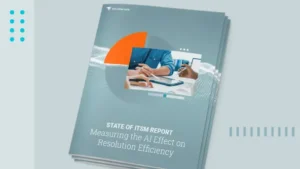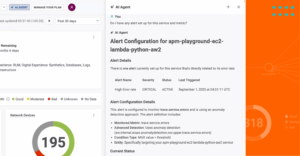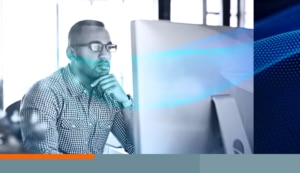For the past year, the buzz around Generative AI in IT Service Management (ITSM) has been impossible to ignore. But beyond the hype, is it actually making a difference?
Operational resilience has become one of the defining goals of modern IT, but achieving it is no longer as simple as standing up a backup system or scripting a failover plan.
On October 8, during our SolarWinds Day virtual event, we unveiled one of the most significant product milestones in our history: the forthcoming launch of the SolarWinds® AI Agent alongside expanded AI capabilities across observability, incident response, databases, and service management.
When we launched our AI by Design principles in April 2024, the IT industry’s focus was on generative AI models that could produce single outputs from single prompts. In just one year, the conversation has shifted rapidly toward agentic AI: autonomous or semi-autonomous systems that plan, act, and learn over multiple steps.
The AI for Good conference is a platform dedicated to identifying innovative AI applications to solve global challenges. It is organized by the International Telecommunication Union (ITU) in partnership with over 40 UN Sister Agencies and co-convened with the Government of Switzerland.
It’s no surprise to our informed readers that Enterprise artificial intelligence (AI) adoption is set to accelerate in 2025. However, as organizations scale AI adoption, the growing variety of AI workloads has led to a fragmented ecosystem of services fueling risk and complexity. This makes AI observability a critical component of IT strategy. Let’s explore why.
This blog series identifies three approaches to AIOps (artificial intelligence for IT operations) and helps you decide where to deploy them in your organization. In our second article, let’s examine what it means for AI to take an assistive function in IT operations.









